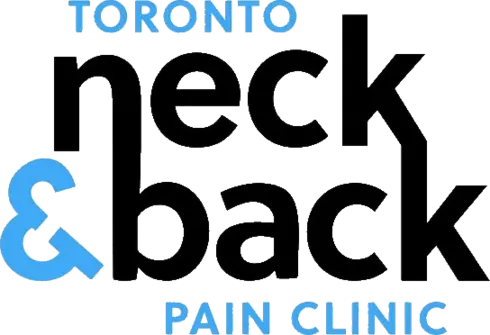Why Muscle Tension Happens With Back and Neck Pain
Back pain and neck pain almost always come with muscle tension. The muscles feel tight, stiff, and sometimes even painful to touch. This tension limits movement and makes daily tasks uncomfortable. Many people, and even some healthcare providers, don’t fully understand why this happens. But the explanation is simple, and knowing it reveals the key to lasting neck and back pain relief.
How the Body Creates Muscle Tension
Muscle tension is not random—it’s protective. When you injure your body or place it under stress, your brain sends signals to the muscles to tighten. This tightening acts like a brace to shield sensitive tissues from further harm. Alongside this, the body creates inflammation to start the healing process.
This reaction happens whether the problem comes from an accident, poor posture, or a spinal joint that isn’t moving properly. For example, sitting at a computer for hours can strain the neck and upper back. The muscles respond by tightening to hold the spine in position.
That’s why almost everyone with back pain or neck pain also experiences muscle tightness. It’s the body’s way of protecting itself.
Why Stretching and Massage Aren’t Enough
Massage, stretching, and heat often feel good because they relax the muscles temporarily. You may notice the tension “disappear” for a few hours or even a day. But for many people, the pain and stiffness return quickly.
Why? Because muscle tightness is a symptom, not the root cause. If the underlying joint is stuck or not moving properly, the body will continue to create tension. No matter how much you stretch, the brain will tell the muscles to tighten again.
This is why people with chronic muscle tightness often feel like they are in a cycle—relief never lasts. The body cannot unlock a restricted joint on its own. Instead, it keeps creating more neck tension and back stiffness to maintain stability.

Dr. David Koivuranta, Toronto Chiropractor, discusses neck pain and back pain with respect to joint health and function.
The Root Cause: Joint Function and Position
The true cause of long-lasting muscle tightness lies in joint function. Joints are designed to move within a full range of motion. They work best when centred in that range—a concept science calls “centration.”
Picture a circle with a dot in the middle. When the dot is in the center, the joint moves smoothly and efficiently. When the dot shifts off-center, the joint cannot function properly. This misalignment triggers the surrounding muscles to tighten.
Over time, this creates a pattern of stiffness and pain. The neck muscles and back muscles work harder than they should, and the body becomes less flexible. Left untreated, this can lead to further compensation in other areas, such as the shoulders, hips, or even the jaw.
How Chiropractic Care Releases Tension
The good news is that you can correct these joint restrictions. Chiropractors specialize in finding joints that are not moving properly and restoring their function through gentle adjustments.
When a chiropractor restores healthy motion to a joint, the brain no longer needs to keep the surrounding muscles tight. The muscles relax naturally, and the spine begins to move more freely. Unlike massage or stretching, which only address the surface, chiropractic care targets the root cause of neck and back tension.
Patients often notice:
-
Immediate reduction in muscle tightness
-
Improved posture and mobility
-
Relief from pain and stiffness
-
A looser, more natural feeling in the neck and back
With consistent care, many people find that they can return to their normal activities without the constant cycle of tension returning.





